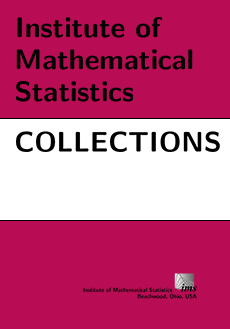Abstract
This article examines some classical optimality properties of various mid p–values. It is shown that the usual mid p–value arises naturally via a Rao–Blackwellization argument of a certain type of mid p–value. In 2 × 2 × K contingency tables and I × J tables with ordered alternatives it is shown that the type of alternative is crucial in the construction of an improved evidence assessment rule. It turns out that dimension of the sufficient statistic determines the amount of improvement gained by Rao–Blackwellization. In the 2 × 2 × K contingency tables and the uniform association model it is shown that the Cohen and Sackrowitz (1992) mid p–value can be improved. In each of these examples, the p–values are not based only on sufficient statistics. However, each can be shown to reduce to the usual mid p–value upon Rao–Blackwellization. Furthermore the mid p–value can, more generally, be derived as an optimal procedure for estimating the truth function using a UMP test. Hence the mid p–value serves a special role as a procedure suggested by both Neyman–Pearson and Rao–Blackwell theories as well as from a Bayesian perspective. Mid p–values for the matched pairs sample and logistic regression models are also studied.
Information
Digital Object Identifier: 10.1214/10-IMSCOLL613


